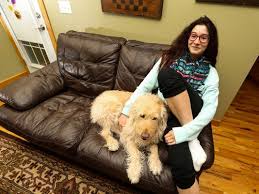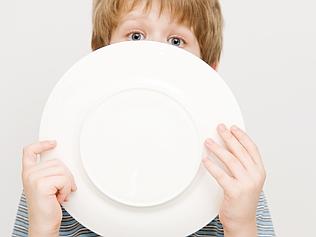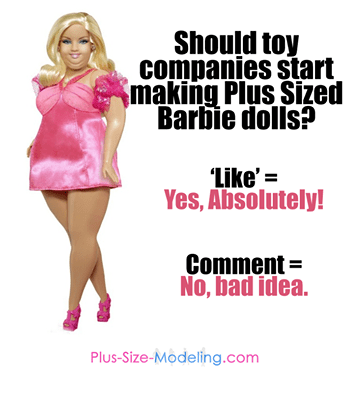Those familiar with my novel, My Favourite Comedian, are aware that body image is a very prevalent theme throughout the book. Below are some brilliant rules from writer Megan Glosson that seeks to replace the terrible diet culture affecting our children with something far more effective and beneficial:
For starters, avoid characterizing food as “good” or “bad.” While we think this may encourage healthy eating habits, dieticians caution that it actually creates feelings of shame and anxiety for children instead. Furthermore, as an Academy of Nutrition and Dietetics spokesperson, Rahaf Al Bochi, told The Washington Post, when we believe certain foods are “forbidden,” we ultimately crave them even more.
Also, remember that children eat based on their personal preferences, not based on what others consider healthy or what adults pressure them to eat. Instead of pushing certain items or banning others, consider finding healthy ways to help your child explore foods by simply making a wider variety of foods available to them.
Make family dinner a priority, too. Studies show that frequent family dinners, where the entire family sits and eats together, positively impacts a child’s relationship with food. Not only does watching parents’ eating habits help children make smart choices themselves, but it also provides a safe space for families to discuss food and body image in a meaningful, nurturing way. Even if your family is constantly running places, there are many ways to simplify family dinner time so that it still happens.
Most importantly, celebrate body diversity and take a non-judgemental stance on physical appearance. Experts recommend that parents pay close attention to how they talk about their own bodies and the bodies of others, especially when around their children. Also, talk about the body in terms of functionality and stress the importance of eating anything, not harping on specific “healthy foods.” These messages will stick with children for their entire life, so it’s best to start early and build positive experiences for your child, not negative ones.
Special Announcement:
I am donating 100% of the royalties of my hilarious new children’s book, My Favourite Comedian, during the month of January to those affected by the devastating bushfires in my country, Australia. This book is perfect for children aged 9 to 14 and the ideal class novel for Upper Primary students. Please leave a comment to indicate your purchase. You can buy a copy by clicking on this link.










